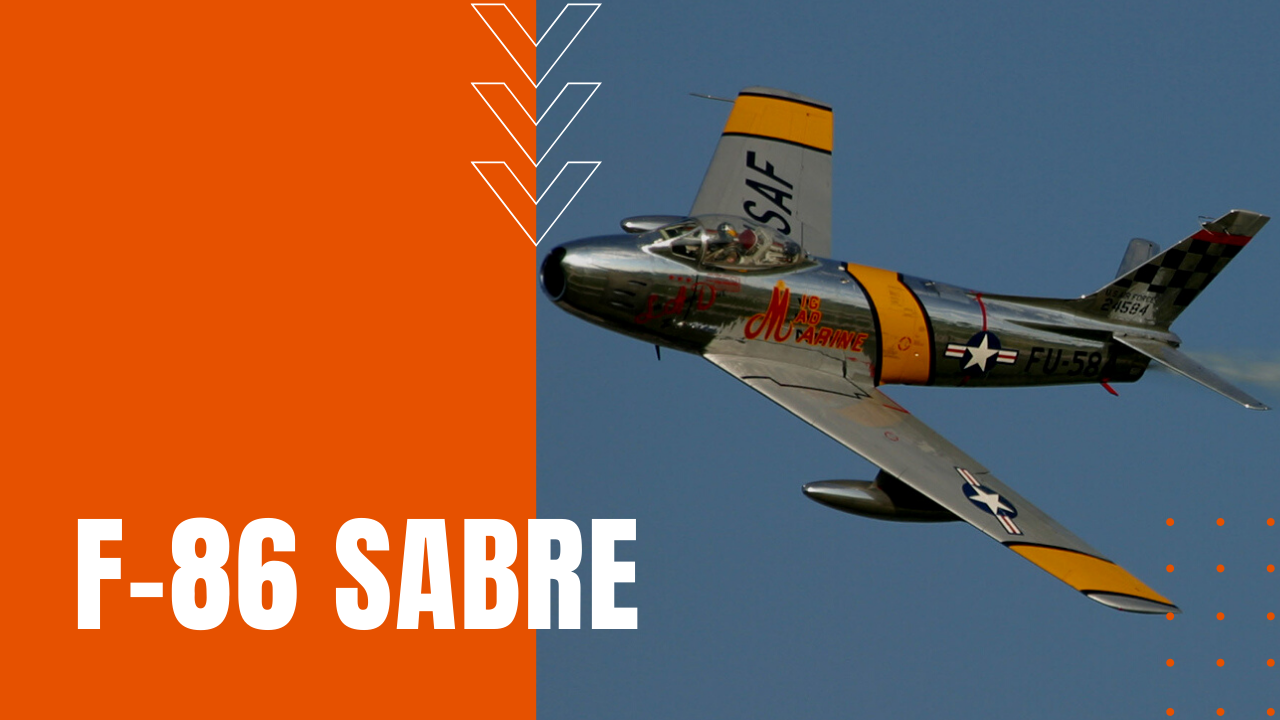F-86 Sabre Jet’s Pivotal Role in the Korean War

Flight tested in late 1947, the F-86 Sabre flew into the record books as one of the U.S. Air Force’s principle assets during the Korean War. Built by North American Aviation, the transonic Sabre is best known as the United States’ first swept-wing jet fighter that could counter the Soviet’s swept-wing MiG-15 during high-speed dogfights over the skies of Korea.
F-86 vs. MiG-15
While earlier straight-winged jets such as the F-80 Shooting Star and F-84 Thunderjet initially achieved air victories during the three-year-long Korean conflict, when the swept-wing MiG-15 was introduced in late 1950, it outperformed all UN-based aircraft with deadly consequences for outgunned American fighter pilots. In response, three squadrons of Sabres were rushed to the Far East in December, and while early variants of the Sabre jet could not out-turn the MiG-15, the new American jet could out dive the MiG, giving the Sabre a massive advantage when attacking from above and behind.
Early Sabre models also had other disadvantages over the MiG, including ceiling acceleration, rate of climb and zoom climb, the later defined as a climb where the rate of climb is greater than the maximum climb rate using only the thrust of the aircraft’s engine or engines. Later variants of the Sabre proved to be hands-down superior to the MiG-15, leading to a wartime shoot down record of 792 MiGs at a loss of 78 Sabres.
Sabre Jet: MiG Alley, Mach 1, and Aces
Adding to the success of the Sabre over the MiG was the fact that many American pilots were veterans of combustion engine fighter planes of World War Two, while the majority of North Korean and Chinese fighter pilots lacked similar combat experience.
The majority of air engagements fought during the Korean War occurred in MiG Alley—an area near the mouth of the Yalu River, which comprised the border region between North Korea and China. Although the F-86A could be safely flown through Mach 1, the MiG-15 could not safely exceed Mach 0.92, making for yet another glaring disadvantage in near-sonic air combat.
Of the 41 American pilots who earned the designation of ace during the Korean War, which by definition is five or more confirmed kills, all but one flew the F-86 Sabre.
